A spin-off from a Spanish research institute has developed a metal–organic framework (MOF) that can capture carbon dioxide at room temperature, attracting the interest of one of the country’s biggest winemakers. In a single step, this material purifies captured carbon dioxide to food-grade quality, leading the famous Familia Torres winery to set up a pilot plant using the MOF to capture carbon dioxide released by yeast during fermentation.

‘It’s an interesting MOF and an interesting application,’ says Omar Yaghi, a pioneer of these particular porous materials. Although some synthetic steps and features are similar to other MOFs, ‘its pore size adds an advantage for tight CO2 binding … providing for responsible manufacturing methods’. Incorporating the material immediately reduces the emissions associated with fermentation, which will increase the interest in industries like brewing and winemaking, he adds.
‘The metal–organic framework was created at ICIQ in Tarragona, then patent protected and exploited by our company,’ explains Stefano Giancola, chief technology officer at spin-off Orchestra Scientific. Among other advantages, ‘our materials maintain high adsorption capacity at room temperature, and it’s easily regenerated’, he says. The material is a chiral, copper-based MOF, easily synthesised by mixing low-cost copper salts with the amino acid L-histidine. The reaction yields a network of channels that selectively adsorb carbon dioxide. With just a vacuum pump and without heating, carbon dioxide can be recovered from the MOF as a chemically pure product, perfect for applications in agriculture, food packaging and beverages, among others. ‘And it’s very low cost, under €40 (£34) per tonne of CO2, which is approximately half the price of competitors,’ adds Giancola.
The winery ‘had already developed a carbon capture system, operational since 2021, [which] while effective, had limitations in terms of scalability and efficiency’, explains Familia Torres’ climate change manager Josep María Ribas. This MOF ‘offers several advantages’, he says. ‘[It has] improved energy efficiency, reducing operational costs, scalability and CO2 purity, unlocking broader applications within the winery.’

The principal application for carbon dioxide in wineries is preservation, as a protective pocket of inert gas inside the tanks to avoid oxidation. Before, Familia Torres purchased carbon dioxide from commercial suppliers for around €1500 per tonne. Thanks to carbon capture, ‘wineries reduce their reliance on external sources, making operations more sustainable and cost-effective’, says Ribas. So far, the MOF-based carbon capture systems have cut carbon dioxide procurement costs in half. And although the goal is to become self-sufficient, the winery dreams of a surplus of carbon dioxide. ‘We could store, sell and transform it,’ Ribas says. ‘Also, we could produce some kinds of sparkling wines!’
‘Most MOFs are highly sensitive to water, which limits the scalability of synthetic methods’, explains Akachukwu Obi, an expert in carbon capture and utilisation at the Massachusetts Institute of Technology in the US. However, this MOF is made with an ‘unusual aqueous process, environmentally benign and easily adaptable to industrial scales’, he adds. ‘The single-step purification process achieves over 99.9% in purity with no temperature swing, [which] is commercially attractive for streams with low concentrations of carbon dioxide,’ Obi adds. Yaghi foresees carbon capture opportunities in power generation as the level of carbon dioxide in fermentation waste gases is very similar to the flue gases in power plants.
However, ‘although adsorption capacity is indeed an important parameter, it isn’t the only one to consider in the industrial viability of metal–organic frameworks’, says Leah Matsinha, an experienced MOF scientist working at Promethean Particles in the UK. Other performance metrics play an important role, namely selectivity, chemical and mechanical robustness, and resilience. ‘The optimal candidate could vary depending on the decarbonisation needs,’ she adds. ‘The lack of scalable manufacturing … had historically hindered industrial adoption,’ continues Matsinha. ‘It’s fantastic to see Familia Torres collaborating on this pilot demonstration, and we hope to see other wineries and breweries following in their stead.’
References
S Capelo-Avilés et al, Nat. Commun., 2025, 16, 3243 (DOI: 10.1038/s41467-025-58426-w)


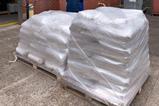





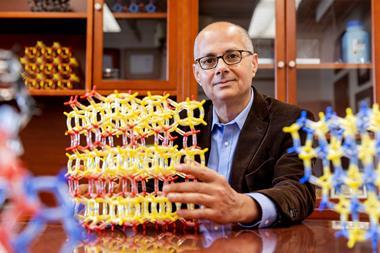
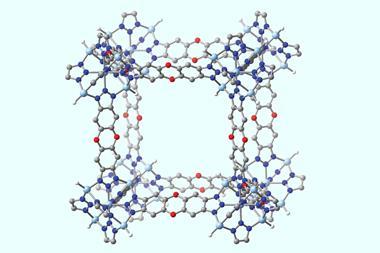
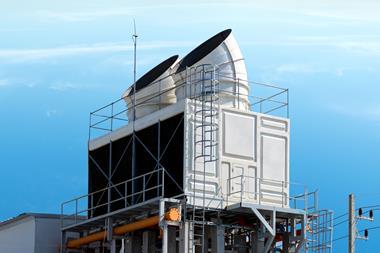
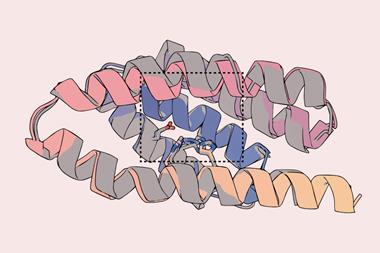

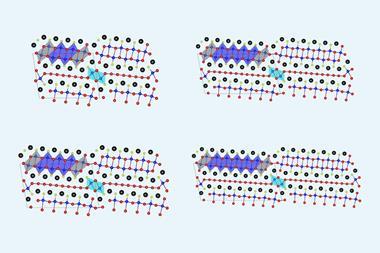
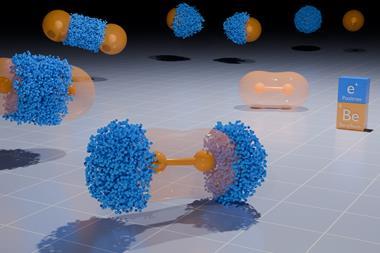
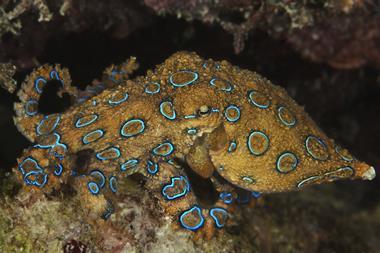
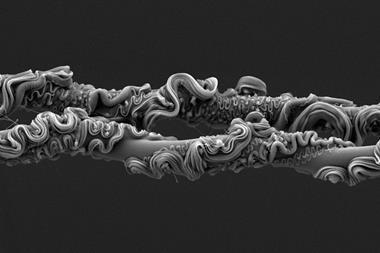
No comments yet